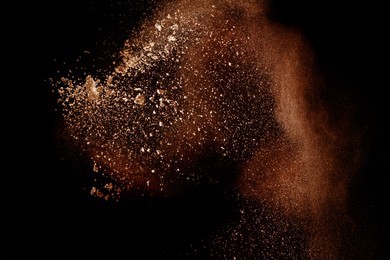Here we are, on the second part, as promised, of our journey into the history of jewels. This article is going to explore three big sections from art deco and retro to reaching today, with modern jewels creations.
Starting with Art Deco, we are at the end of the 1920s, in a historical context of trouble and chaos. Art movements like cubism reflect this – with the evolution of art, and the rejection of realism and decoration towards an abstract world. As a result, Bauhaus was born in Germany, the precursor of art and design, merging art and industrial design. Fashion style resembles the visual embodiment of modernist principle and emancipation: no more long skirts and corsets, liberating forms and, emphasis on structure. And jewels? Jewels were bold with geometrical forms and abstraction. A peculiarity of Art Deco was the sautoir from Paul Poiret, a jewel for the waist made of soft material which followed the movements of the body during the dance. At the same time, sleeveless dresses gave freedom to multiple bracelets (more than five) as much as the new ways to arrange hair were empowering the upper body part by having long ear pendants to touch the shoulders …the celebration of jewels.
Art Retro. We are back in the 1940s years and the Duke of Windsor and Grace Kelly are the icons who are going to inspire us in the journey throughout this period. These years are about boldness and transformation, with fashion and its padded shoulders, belted waist, A-line skirt, shirtwaist and 3/4 sleeves. Jewellery design reminds of convertible jewels, meaning that creations had to satisfy the need to be more versatile where for example, brooches were attached to chains and bracelets. At the same time, ribbons jewellery was embellishing women’s style with bows, knots, multicoloured gold, aquamarine, citrines, and amethysts. The accurate analysis of Art Retro is that jewellery was the medium to capture patriotism – symbolism, where messages were somehow hidden by motifs. Jewellery house icon is Cartier, from its bird brooch representing freedom and fraternity… until the well famous and acclaimed Cartier Panther… what is the real meaning of it? The Panther evokes extreme femininity, fierce, graceful, powerful, and delicate women – the new and emerging position of women in society.

Moving on to Modern times, from the 1960s, the glorious economic boom, technological euphoria, youth revolution and art as a way to present provoking concepts and freedom of expression, translated as pop art. Fashion was leading the way as haute couture and was celebrated on Harper Bazar and Vogue. Jewellery was unconventional, and technological innovation allowed the creation of a whole new jewellery production: artificial gems and rhinestones, loud design to make a statement. At the same time, jewellery shape was influenced by the movement, speed and energy taking inspiration from sports’ cars – geometric design, grand luxe (modern and tradition at the same time). An additional trend that we recognize today is the so-called matchy-matchy: a set of jewellery intended to be worn together, simple styles that created iconic model collections. In addition to this, oversized sautoirs necklaces and chains. Some famous pieces, or better to call them statements, that we know today as well are the love bracelet by Cartier designed as Aldo Cipullo, as a symbol of strength and eternity, Alhambra motif by Van Cleef & Arpels and, Monete design from Bulgari. Despite the technological advancement in terms of new materials used, the symbol and synonym for chic and elegance was the short pearl necklace.
We came to the end of our brief journey throughout the history of jewellery creation. We explored styles, idols, symbols, historical context and, trends by becoming more insightful and aware of these magnificent creations.
